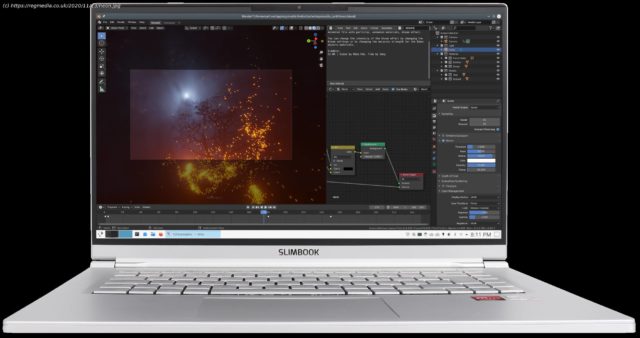The Qt advantage? ‘We’re a weird by-product of coffee machines and cars’
Interview KDE Plasma is a Linux desktop which has just been updated to 5.20 — but why should users consider it instead of GNOME, the default for Ubuntu and Red Hat, or the lightweight Xfce? We spoke to Plasma maintainers David Edmundson and Jonathan Riddell. KDE dates from 1996, when it was announced by Matthias Ettrich, a Linux fan who sought an alternative to Microsoft’s Windows 3.1, of which he said back in 2003: “There was really nothing good one could say about it, but it was popular.” The name originally stood for Kool Desktop Environment and was also a pun on CDE (Common Desktop Environment), a proprietary Unix desktop. Ettrich choose the Qt framework from Trolltech (now the Qt Company) to build it, later becoming an employee. In 1997 Miguel de Icaza announced the GNOME desktop project “similar to CDE and KDE but based entirely on free software,” built using the GTK toolkit already developed for the image editor GIMP (GNU Image Manipulation Program). Since then, these two desktops have jostled for position in the Linux desktop world, with GNOME more often the default but KDE retaining a following. Prominent distros include Kubuntu (Ubuntu with KDE), Manjaro KDE, and Fedora Spins KDE. Why would you choose KDE over GNOME? “A big difference between us is Qt is funded by a commercial backing, the Qt Company, and is used in all of these other projects, in cars, in coffee machines, on aeroplanes. We’re just a weird by-product of coffee machines and cars,” said Edmundson. “We capitalize on that. They get something out of it from us testing all of these obscure cases before they get to their clients. We gain because we have this rich, very powerful toolkit designed for these industrial applications where they have to care about safety-criticalness. Whereas GTK, they get to customize it more but it’s not as much used outside the Linux desktop. But we can’t change Qt for things we want if that affects paying customers, and that becomes a trade-off.” “Qt has to work well with a small footprint because of embedded systems, and that means KDE’s Plasma desktop has had a fundamental change since the mindset of KDE 3 days, when it was considered bloated and heavy,” said Riddell. “Now it’s a really fast, lightweight desktop. We had Xfce and others coming along, wonderful nerdy tools, but if you want a full featured desktop Plasma is the way to go.” “We’re heavily based on OpenGL,” said Edmundson, which means that the GPU handles rendering, freeing the CPU for other processing. This helps KDE run well “on these little ARM boards, these Raspberry Pi type boards, the CPU is not very good but they have a great GPU.






